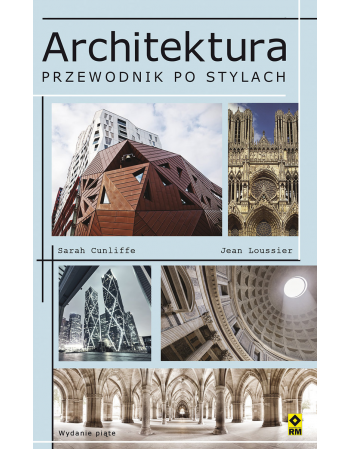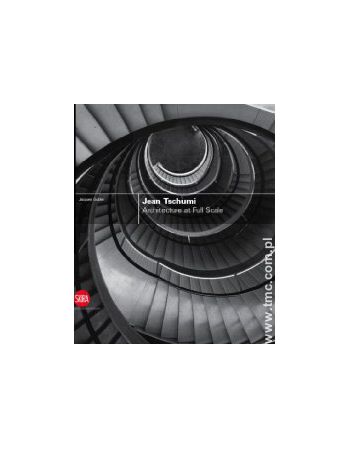Architektura. Przewodnik po...
Zwięzły przewodnik, opisujący style architektoniczne budowli całego świata, dostarcza informacji na temat najważniejszych kierunków, które dominowały w architekturze od czasów starożytnych.
Książka zawiera wykazy charakterystycznych cech, które pozwolą ci zidentyfikować styl niemal każdego budynku, a to da ci zupełnie nowe spojrzenie na twoje otoczenie.
- Chronologiczny przewodnik po stylach architektonicznych
- Liczne fotografie
- Wykaz podstawowych cech charakteryzujących poszczególne style architektoniczne
- Ilustrowany słowniczek terminów architektonicznych



